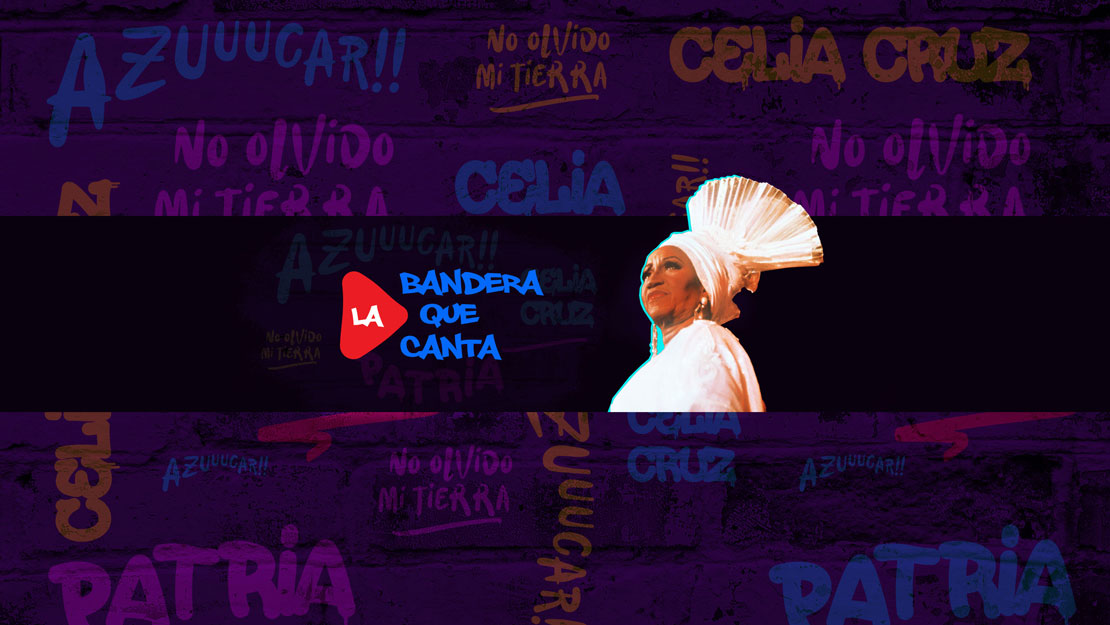By | elpais.com – September 9, 2022
The most eminent record label in the salsa world has a story to tell, a story of diverse influences, and intercultural dialogue between the United States and Latin America. But above all, it’s a story of musical magic
Maybe it was your uncle with the weird salsa moves, or your older cousin, the one who danced like a man possessed, who told you about their salsa heroes — Mongo Santamaría, Johnny Pacheco, Cali Alemán, Nicky Marrero, Papo Lucca, the Harlow brothers. They would go on and on about the records, Puerto Rico, New York, Nuyoricans, boogaloo… and salsa. Fania All-Stars and salsa. Especially salsa.
For most Latinos, the salsa that came out of the Puerto Rican community in the Big Apple from roughly 1960-1980, was the most accomplished, passionate, and enjoyable salsa ever made. It’s an almost indisputable truth in the history of music, and the main architect of this legacy was Fania Records.
Fania Records was founded in 1964 by American businessman Jerry Masucci and Dominican musician Johnny Pacheco. The record label’s name came from an old Cuban song by Reinaldo Bolaño, and is short for “Estefanía” (Stephany). Although Cuba was the main inspiration behind the label colloquially known as “La Fania,” the records it issued during the golden age of salsa represented a musical melting pot of sounds from all over Latin America and the Caribbean, ancestral rhythms from Africa, and American avant-garde jazz.
The list of musicians and characters from the Fania All-Stars is long and diverse, and an ongoing source of pride for the Hispanic community. But here are some that rose above — the greats and revolutionary legends who were true transformers of Western contemporary music.
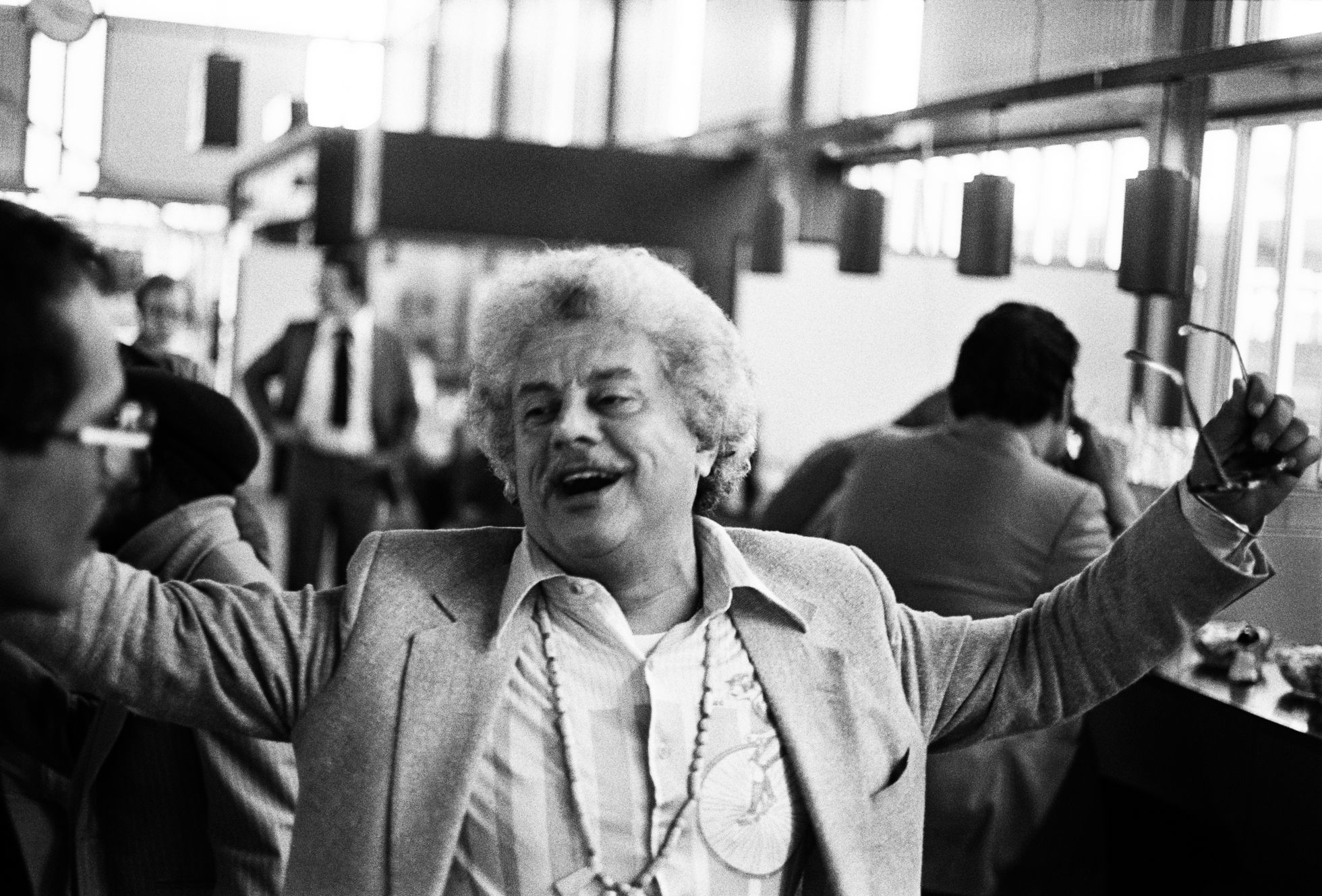
1. Tito Puente
A legendary name in the New York Latin jazz scene, there was nothing that the timbales virtuoso couldn’t play and make better — son montuno, salsa, chachachá, guaguancó. His frenzied playing would make you sweat, move your feet, and take you to new levels of rhythmic pleasure.
Puente’s talent was widely recognized, and it’s no surprise that he was invited to play so often with other great musicians like Machito, Dizzy Gillespie, Lionel Hampton, Ben Webster, Miles Davis, Thad Jones, Count Basie, and Duke Ellington. Pioneer and legend, he was one of Fania Records’ brightest stars.

2. Cheo Feliciano
They called him Puerto Rico’s favorite son. José Luis “Cheo” Feliciano caused a sensation with songs that expressed lyrical messages set to percussive boleros. Some said that his songs aroused feelings of pain and melancholy, yet also made you want to dance.
When Cheo was asked about his main musical influences, he would recall his childhood, when his father would cook and sing old boleros with his mother. It was a family tradition that became his first musical influence.
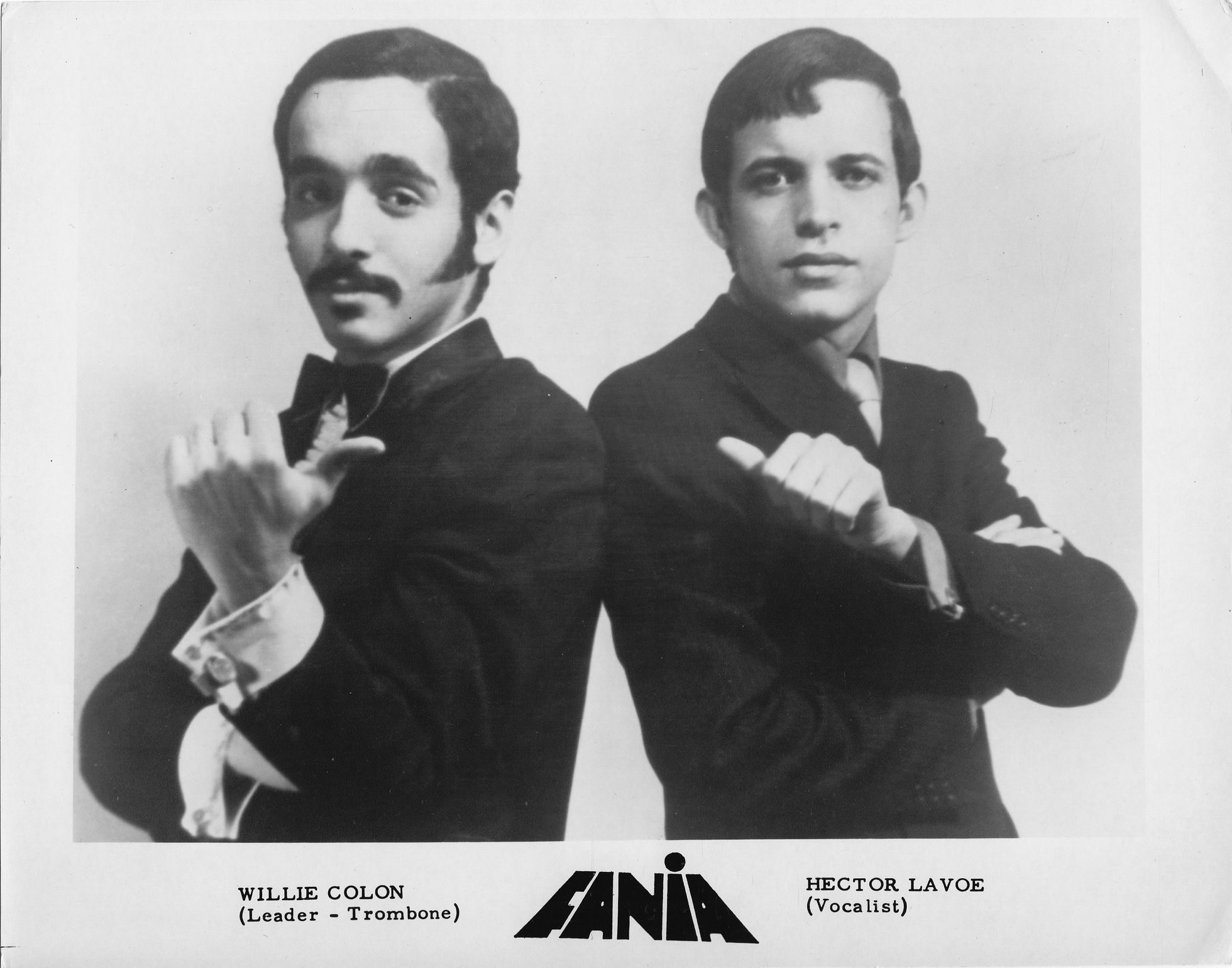
3. Willie Colón and Héctor Lavoe
They were the bad boys — Fania Records’ most famous and perhaps dangerous duo. Both were born in Puerto Rico and made their names in New York’s wild salsa scene in the 1970s. They performed together for almost 20 years: Willie Colón on trombone and backing vocals, and Héctor “The Voice” Lavoe with his maracas.
Colón came to represent the unruly, gangsta face of salsa, while Lavoe was known for his ferocious and fast-paced singing that always sounded effortless and natural.
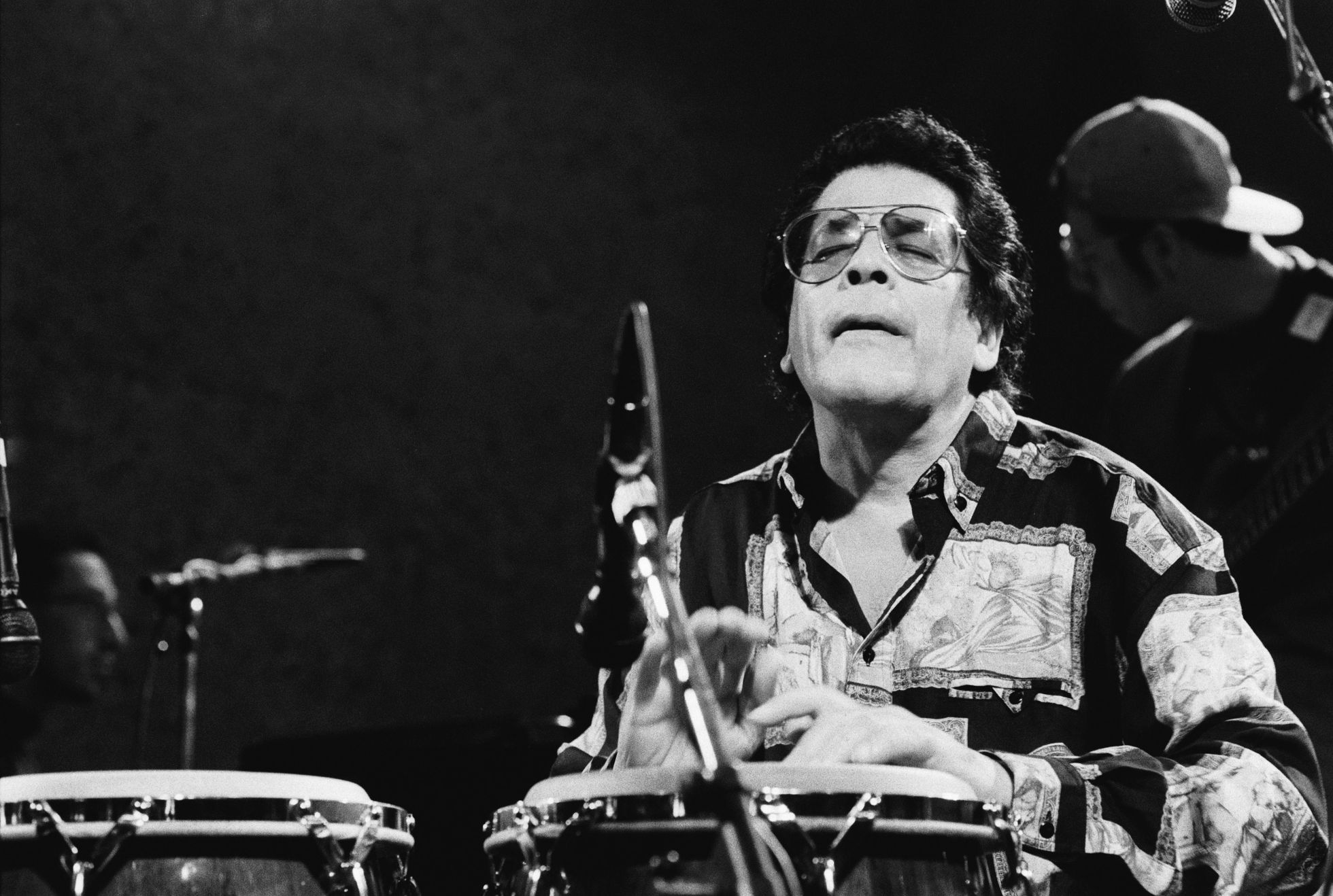
4. Ray Barretto
Iconic conga player, possessed percussionist, and full of jazzy, explosive fire. The powerful legacy of Raymond Barreto Pagán, the man with the hard hands, can be found in the hundreds of recordings featuring this Fania All-Star. Barretto is considered a visionary who transformed the traditional brass-dominated salsa sound without sacrificing its vitality and power.
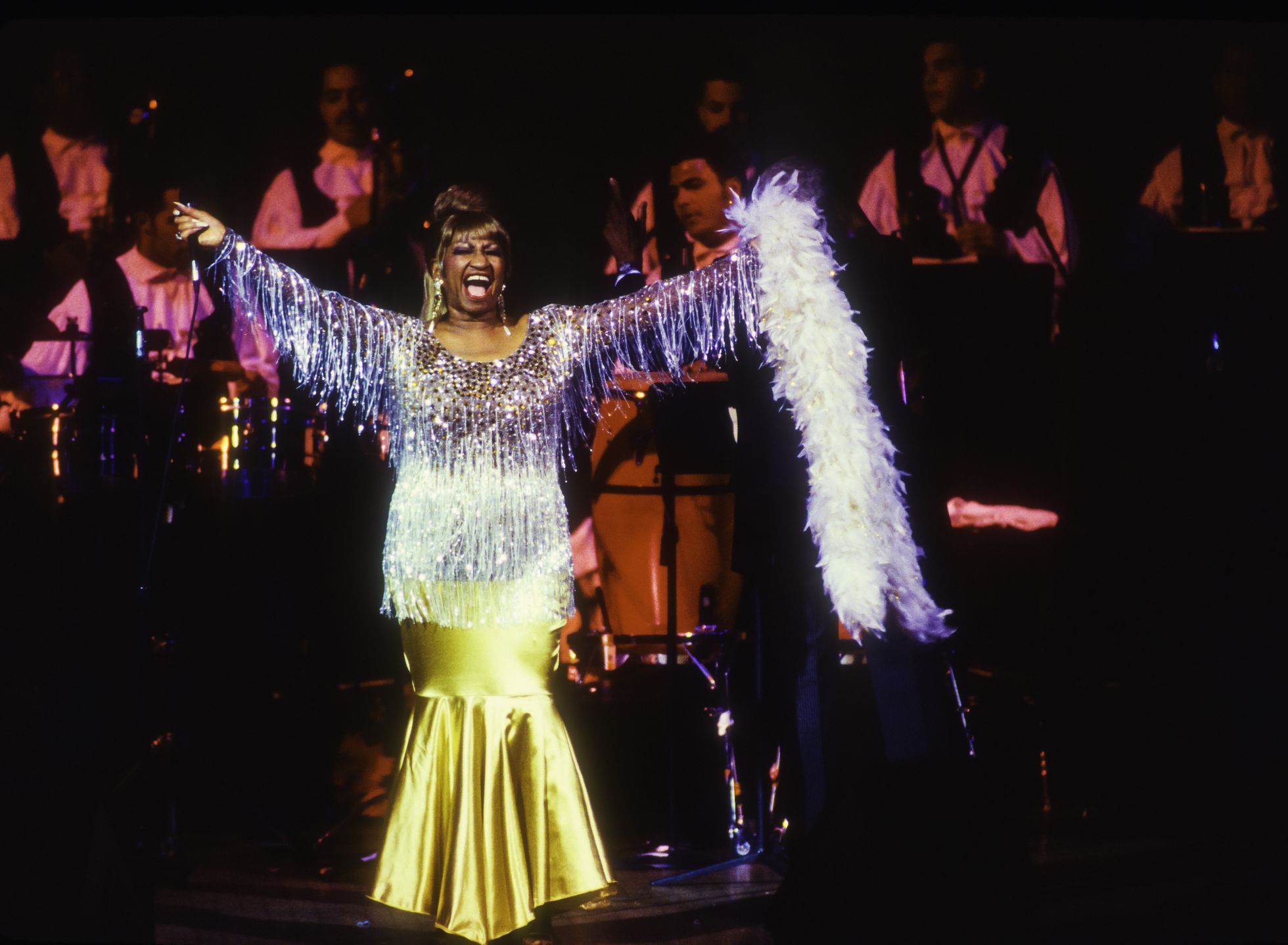
5. Celia Cruz
The only woman on the Fania roster and one of the most prominent Cuban musicians of the golden era of salsa, Celia Cruz left an indelible mark with her personality, music, and culture. Her performances were always a source of joy, strength, and fun for her devoted fans. Celia was a legend outside of Cuba even before she left her country in 1960 to continue her career in Mexico. She went on to join the ranks of the Fania All-Stars in the United States and make salsa history.

6. Rubén Blades
The Panamanian musician’s most successful albums with Willie Colón during the salsa boom revealed a fresh and powerful cross-border style that would turn Ruben Blades into one of the most important voices of Latin American culture in the world.
Blades came to Fania when Ray Barreto was looking for a vocalist for what became two legendary recordings: Barreto (1975) and Tomorrow Barreto Live (1976). Blades now has around 20 recordings and guest appearances on the Fania label and is famous for his vocal style, cadence, and Caribbean-flavored innovation.
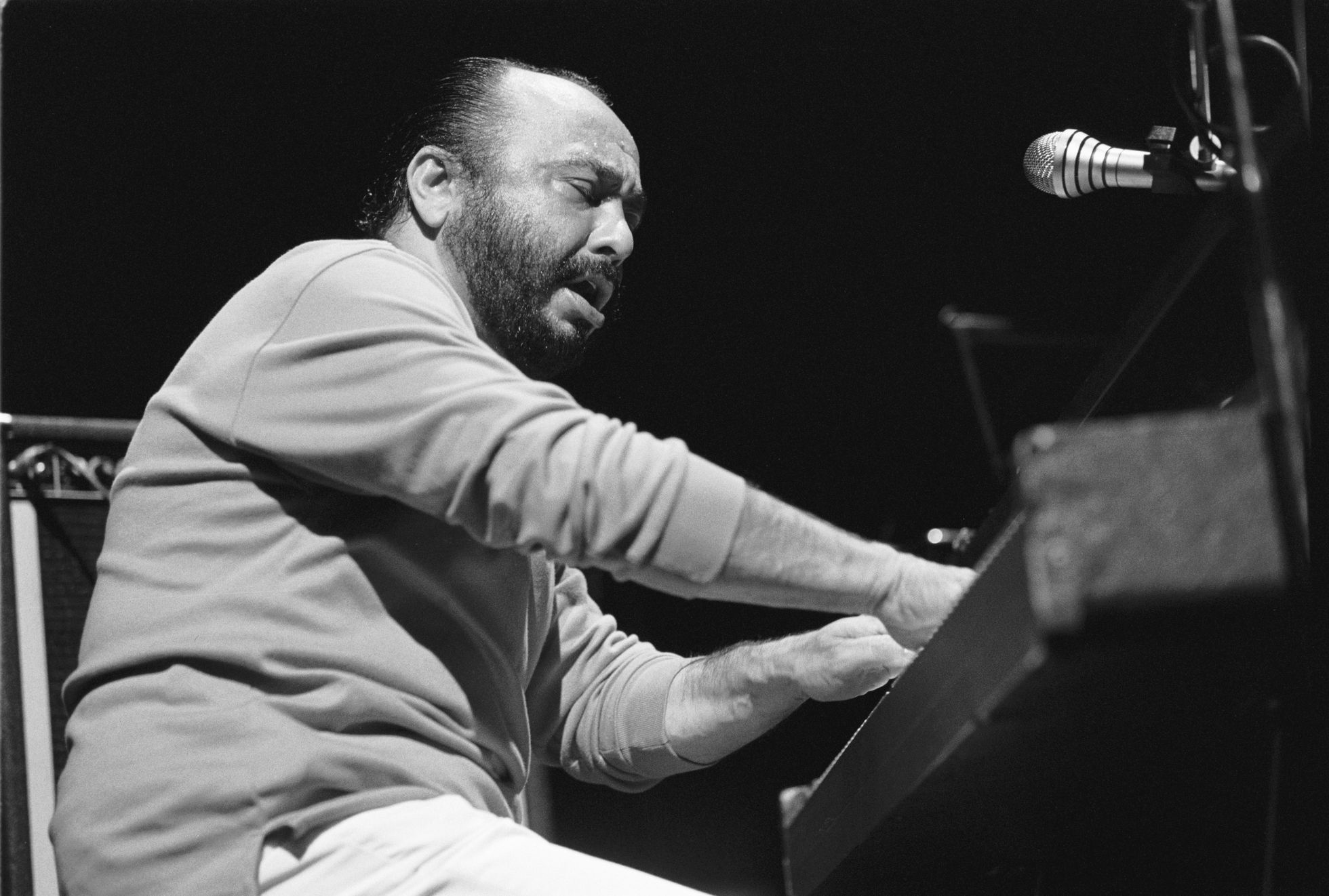
7. Eddie Palmieri
A Grammy winner in 1976, 1983, and 1985, this Puerto Rican-American is one of the cornerstones of Fania Records, known for his virtuosity on the piano and musical compositions that extended the realm of possibilities for Fania during the 1970s salsa boom.
Demanding, modern, sophisticated, and progressive, Eddie Palmieri’s music always retained every ounce of tropical generosity in the joyful salsa he played, even as he explored the outer reaches of the genre.
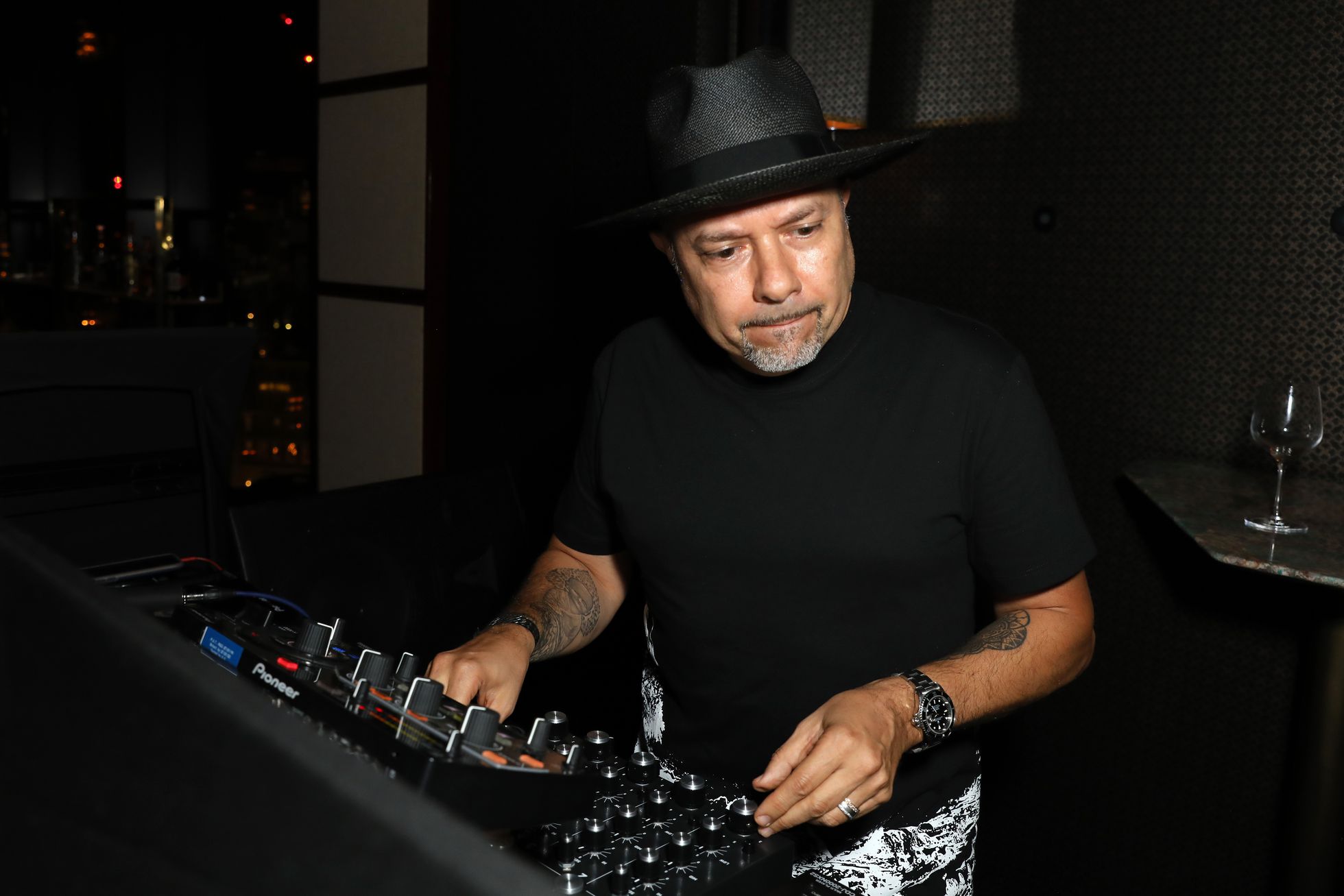
8. Louie Vega
The quality and cultural impact of Fania Records during the salsa boom was so high that it has since struggled to find musicians of the same caliber. For many people, it was a unique time in the history of modern music. Recent Fania productions underscore this fact, to some extent, even though salsa will continue to evolve and grow. Nevertheless, Fania’s ongoing relevance still depends on the classic records in its catalog.
New Yorker Luis Fernando Vager knows this. Known as Louie Vega, the DJ, producer, and Grammy award winner is touring the world with his mix of high-powered techno vibes and the best of the Fania sound. Louie Vega is bringing new generations closer to the most delicious salsa flavors ever produced and enervating a Hispanic heritage that transcends its own time.


